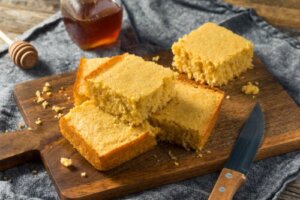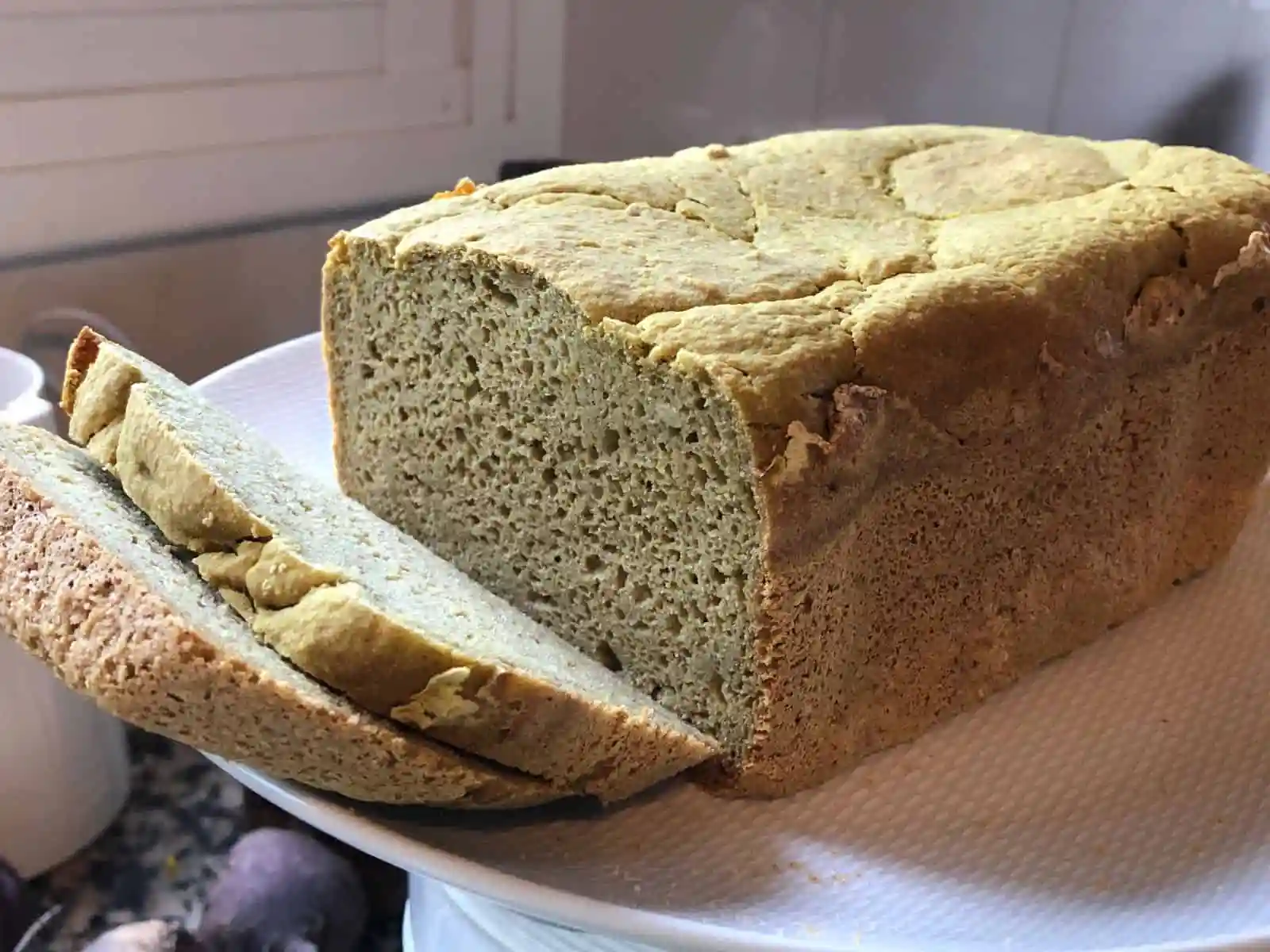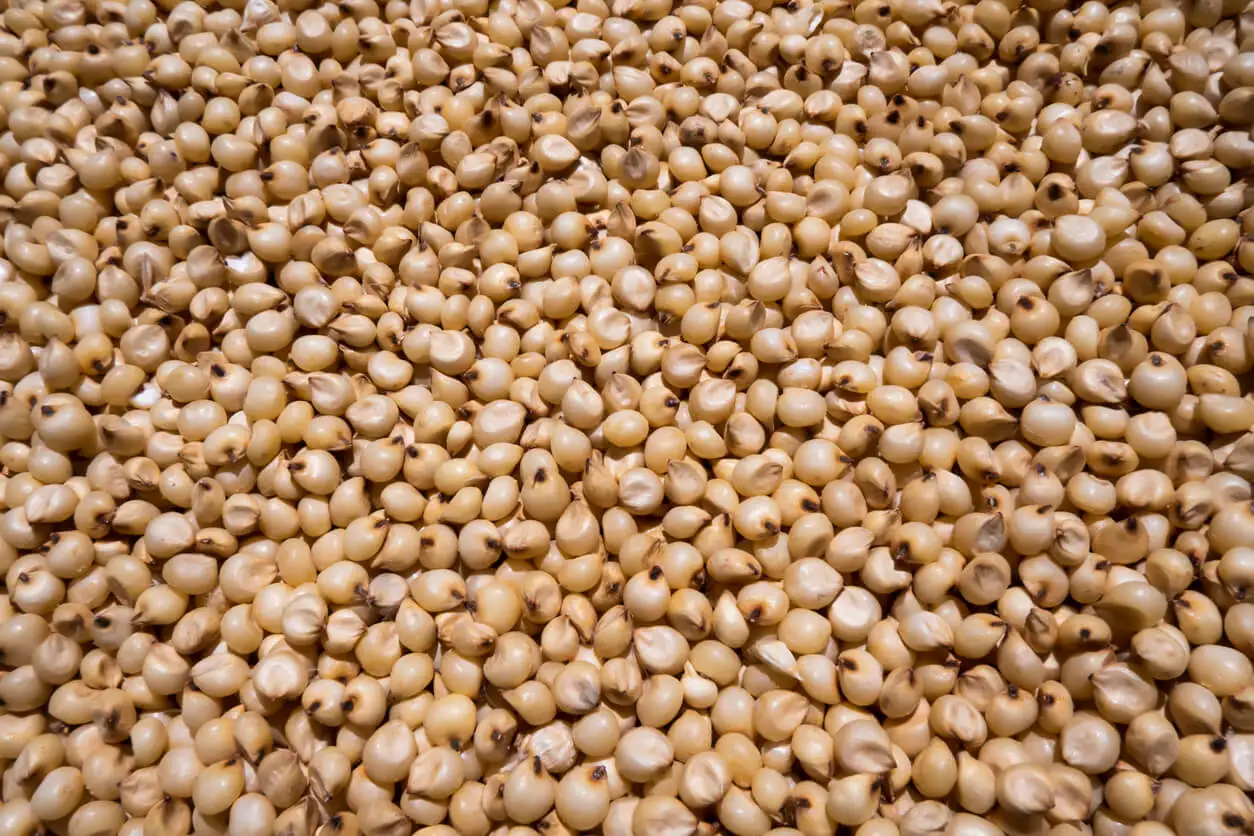4 Types of Gluten-Free Bread


Written and verified by the nutritionist Saúl Sánchez Arias
Finding different types of gluten-free bread is a priority for people who have developed celiac disease or non-celiac gluten sensitivity. In both cases, it’s best to remove this protein from the diet in order to prevent digestive symptoms.
When it comes to celiac disease, even contact with traces of the nutrient should be avoided. Otherwise, significant changes in the morphology and physiology of the intestinal tract would be experienced.
Before we begin, we must emphasize that bread isn’t an essential food in our diet, but it can be an important source of carbohydrates for many people. Above all, it can make sense in the case of athletes, as they need to combine sugars of different absorption speeds to maximize their glycogen stores.
Types of gluten-free bread
Here we are going to show you the best types of gluten-free bread to include in your gluten-free diet. Always remember to introduce them in the context of a varied and balanced diet.
1. Buckwheat bread
Buckwheat is not a grass, but a Polygonaceae. Despite its name, it doesn’t contain gluten, which means that people with celiac disease will be able to consume it without any problem.
In addition to this, it also contains a high amount of fiber. This element has been proven to be crucial to maintain proper intestinal health. It can prevent constipation and improve the composition of the intestinal microbiota.
In fact, the current recommendations for fiber intake are 25 grams of this element per day. People rarely have enough, and this could lead to problems related to the digestive tract.

2. Corn bread
Corn is another good alternative to wheat, especially when we want to have cereal-based bread. This food has a very characteristic flavor and is usually more compact than traditional bread.
However, it has sensational organoleptic characteristics. It’s excellent for spreading with foodstuffs such as peanut butter, for example. This will provide a high energy and carbohydrate intake, essential for people who do high-intensity sports.
It should be noted that when you do a lot of exercise, refilling glycogen storage afterwards is crucial to enhance recovery. In order to do this, you don’t only need to consume carbohydrates. You need to accompany them with a good handful of proteins of high biological value, and the best are of animal origin. This is evidenced by research published in Nutrients.
Learn more here: What are the Effects of Gluten on the Body?
3. Rice bread
This isn’t as common as the previous two, but it is an alternative to take into account. We’re talking about a product that has a very low concentration of simple sugars, which is key to preventing the development of pathologies that affect the metabolism.
Regular and abundant intake of high glycemic index carbohydrates could be one of the causes of type 2 diabetes. This is confirmed by a study published in Current Diabetes Reports.
Another great article we’ve selected for you: The Eight Best Types of Gluten-Free Pasta
4. Millet bread
Millet bread is common in continents such as Africa and Asia. This small grain cereal is used to prepare porridge, bread, and different types of cakes.
For bread making, it’s mixed with a portion of rice flour and yeast. Some sugar or honey may even be added to improve the fermentation process and the final texture.
It’s important to bear in mind that millet bread may have a higher protein concentration than other gluten-free bread. Even though we’re talking about proteins of low biological value, these are still useful to complement the daily intake. In this way, the catabolism of muscle mass can be avoided.

Try gluten-free bread
Different types of gluten-free bread can be included in the diet on a regular basis. This type of food is important in the diet of people who cannot consume this protein.
Alternatives must be sought to consolidate an optimal intake of carbohydrates without putting our bodies at risk, especially when we’re talking about high-performance athletes. In this context, sugar requirements are often high.
Finally, it should be noted that gluten shouldn’t be removed from the diet without a prior medical diagnosis. Before taking the step, it’s always advisable to consult a professional. If there’s no problem with the metabolism or absorption of the protein, its elimination could have more disadvantages than benefits.
All cited sources were thoroughly reviewed by our team to ensure their quality, reliability, currency, and validity. The bibliography of this article was considered reliable and of academic or scientific accuracy.
- Gill, S. K., Rossi, M., Bajka, B., & Whelan, K. (2021). Dietary fibre in gastrointestinal health and disease. Nature reviews. Gastroenterology & hepatology, 18(2), 101–116. https://doi.org/10.1038/s41575-020-00375-4
- Alghannam, A. F., Gonzalez, J. T., & Betts, J. A. (2018). Restoration of Muscle Glycogen and Functional Capacity: Role of Post-Exercise Carbohydrate and Protein Co-Ingestion. Nutrients, 10(2), 253. https://doi.org/10.3390/nu10020253
- Yoshida, Y., & Simoes, E. J. (2018). Sugar-Sweetened Beverage, Obesity, and Type 2 Diabetes in Children and Adolescents: Policies, Taxation, and Programs. Current diabetes reports, 18(6), 31. https://doi.org/10.1007/s11892-018-1004-6
This text is provided for informational purposes only and does not replace consultation with a professional. If in doubt, consult your specialist.








